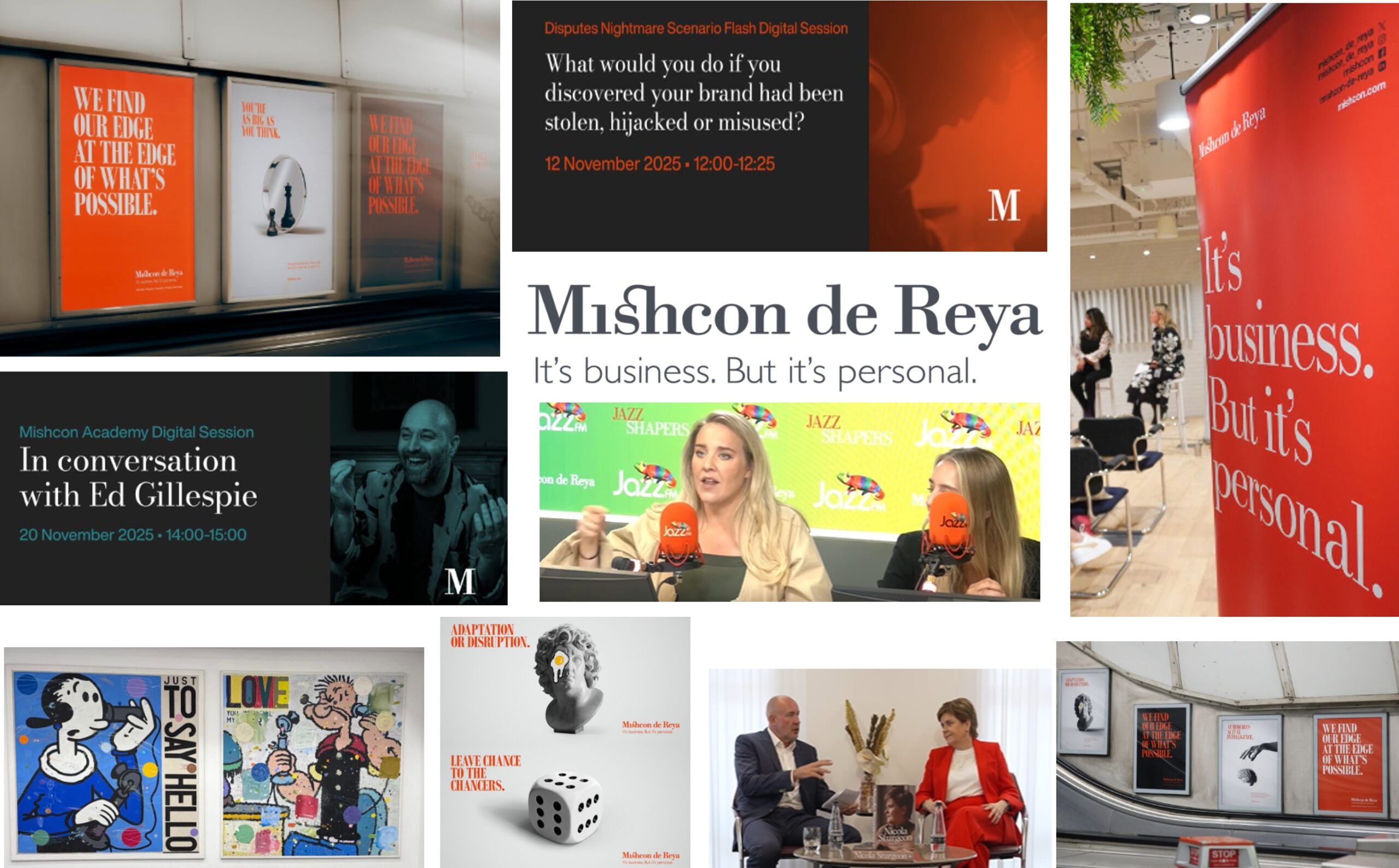
At workshops on assertiveness, personal brand development and getting promoted we often talk about the need to be more visible – especially if you work from home, a distant office location or are in a virtual team. I often share the PIA model . The PVI model was developed by Joel Garfinkle and covers:
- Perception
- Visibility
- Influence
Perception
He argues that you should take control of how people perceive you. First learn how others see you – by asking them. Request feedback after presentations and projects – ask about your strengths and development areas on both a professional and a personal level. Accept feedback without becoming defensive and spend some time considering whether that feedback is accurate and fair.
Observe others and understand what is seen as the right behaviours for the culture of the organisation. Identify the most successful people and watch what they do. Compare your own behaviour with theirs and look at where you might adapt.
Visibility
Garfinkle offers three steps here. Promote yourself by talking about what you are working on and the results you are achieving with status reports. Promote others by praising your colleagues when they have new ideas, beat a deadline or achieve good results. Hopefully, these first two steps will lead to the third which is when other people promote you.
He also suggests spending time with top management – ideally with face-to-face communication but by sending emails or making calls when you find things that might interest them. Some organisational cultures may require you to submit such information to your boss who can then forward it on to the relevant person.
And don’t be afraid to share your ideas.
Influence
He urges you to extend your influence from your peers to those above you and below you. There’s more information on “managing up” here http://kimtasso.com/team-management-issues-managing-up-boundaries-and-broken-relationships/
He argues that the five characteristics of an influential person are:
- A solid reputation
- An enhanced skill set
- Affability – people like being with you (Harvard psychologist Amy Cuddy says it’s important to demonstrate warmth first and then competence, especially in business settings).
- The power to persuade
- Executive presence
Executive presence
Garfinkle also has a model for the five characteristics and 16 behaviours of executive presence:
Business intelligence
- Stand out by thinking strategically
- Take a whole company perspective
- Learn the language of finance
Risk-taking
- Capitalise on ambiguity and change
- Exceed your expectations – and theirs
- Move beyond your comfort zone
- Communicate clearly
- Lead, don’t just manage
- Share the limelight
Performance improvement
- Prioritise your projects
- Refine your thinking skills
- Develop discernment
Self-development
- Know thyself
- Seek feedback
- Gain confidence
- Sharpen and expand your skills through training









